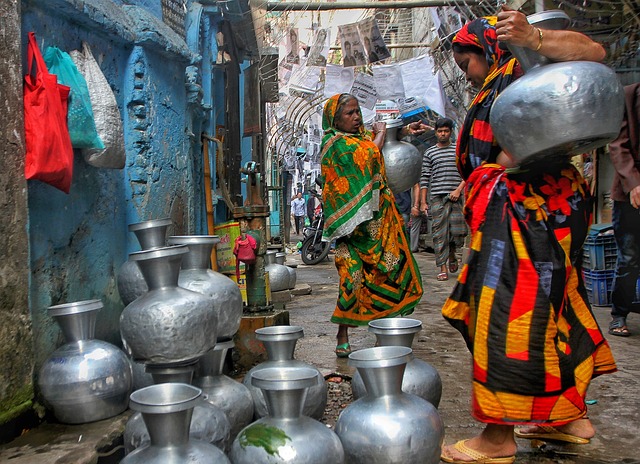As we witness the alarming effects of climate change, one of the most pressing issues that emerges is water scarcity. This problem, deeply intertwined with deforestation, paints a grim picture of our planet’s health and future.
Forests are often referred to as the lungs of the Earth, providing essential oxygen while absorbing carbon dioxide. Beyond that, they play a crucial role in the water cycle. Trees capture rainfall, and their roots stabilize the soil, allowing water to seep into the ground more effectively. When we cut down trees, we disrupt this delicate balance, leading to significant changes in local and global water systems.
The connection between deforestation and water scarcity is both direct and indirect. The loss of trees results in reduced transpiration, the process by which trees release water vapor into the atmosphere. This reduction can lead to decreased humidity, altering weather patterns and ultimately causing droughts in regions that once enjoyed ample rainfall. As a result, communities that rely on consistent water supplies face dire consequences.
Moreover, deforestation exacerbates soil erosion and leads to the silting of rivers and streams. Without tree cover, soil becomes loose and is more easily washed away, degrading the land that once retained moisture. This lack of fertile soil can create a vicious cycle where agriculture becomes unsustainable, pushing more people towards water-scarce environments in search of livelihoods.
Climate change further intensifies the effects of deforestation. Rising temperatures lead to higher evaporation rates, which can reduce water availability even further. Communities already struggling with water scarcity become increasingly vulnerable, unable to access the very resources they need for survival. This situation can trigger conflicts over water rights, particularly in regions where water sources are shared.
Addressing water scarcity requires urgent action on multiple fronts. Reforestation initiatives can restore ecosystems and help bring back the natural water cycle. It’s essential to engage communities in sustainable land management practices to ensure that both forests and water resources are protected. Governments and organizations must prioritize policies that protect existing forests and promote responsible forestry practices.
As individuals, we can also contribute to this global effort. Supporting sustainable products, advocating for policies aimed at reducing deforestation, and raising awareness about the importance of maintaining our forests can collectively lead to meaningful change.
In this critical moment, we must recognize that the fight against climate change is intrinsically linked to the preservation of our forests. By understanding and addressing the devastating link between deforestation and water scarcity, we can work towards a more sustainable future for our planet and generations to come.




